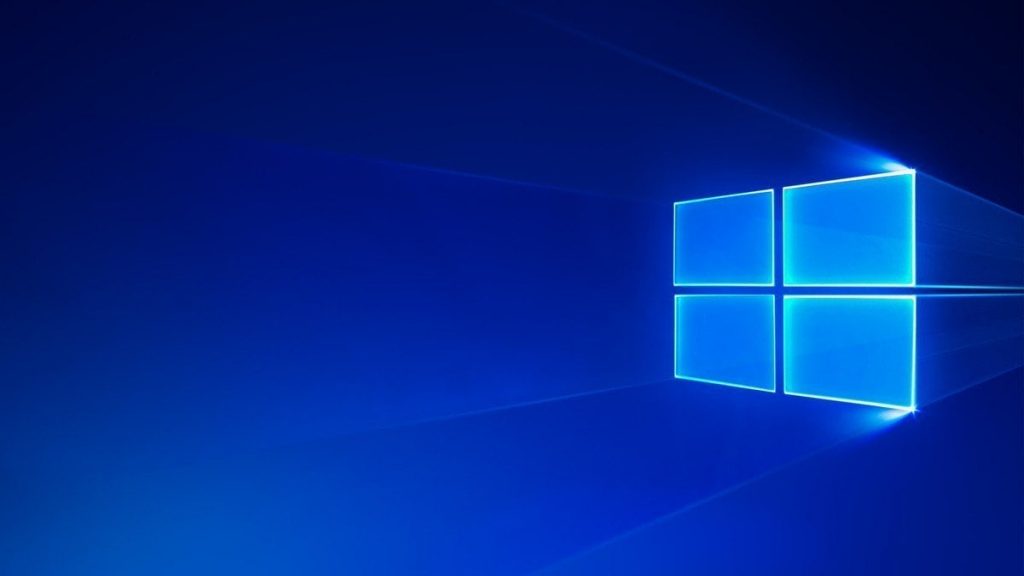Server operating systems: an overview of the Windows platform
The formation of the computer structure of each company first of all begins with the selection of the server operating system, and then the functional software.
The server OS provides the most convenient and effective management functionality for the administration. Such functionality is not provided in client, user OS, so they are not suitable for server workstations.
Within the framework of this article, we will try to give an analysis of the most partially used server software in Ukraine, namely the Windows OS family. Server operating systems Windows (Microsoft) are used quite widely, due to convenient management and relatively low cost.

Server OS Windows
Windows NT, the first 32-bit operating system. Windows NT Server 4.0 became the most famous. This software has convenient administration tools, a Web server, network testing resources, management processes and tasks, and a means of connecting to other systems. It should also be noted that this program is already morally outdated.
Windows Server 2000 is a universal network OS for workgroup servers. Windows 2000 Advanced Server is a system for using business applications and Windows 2000 Datacenter Server is an OS for responsible applications that process information. This system can still be found in use, but it is no longer recommended to install it.
The next system is Windows Server 2003, available in four versions. Windows Server 2003 Web Edition is a system for working with Web applications, including ASP.NET applications.
Windows Server 2003 Standard Edition is an OS for networks designed for small businesses. It supports up to 4 GB of RAM and data processing with functional support for two CPUs. OS Windows Server 2003 Enterprise Edition-designed for medium and large companies, can support servers based on 64-bit CPUs (up to eight pieces) and RAM volumes up to 64 GB, designed for 32- and 64-bit systems.
Windows Server 2003 Datacenter Edition is software used to work with technical solutions that have high requirements for increased performance and availability. There is support for multiprocessor processing using up to 32 central processors, load balance services and cluster formation. Datacenter Edition works with 32-bit and 64-bit platforms. The use of this system is still relevant.
Windows Server 2008 R2 is the most modern server OS of Microsoft. This software is the leader in many performance tests among server systems. So, for example, the file server is best mounted on this OS.

This software includes improved support for virtualization, an improved version of the Active Directory service, up to 256 processors are supported, and a terminal server has also been successfully implemented here. The advantage of this system is that it is suitable for high-quality implementation of almost all tasks. But the downside is that it requires much more hardware resources, unlike its counterparts. Most often, the reason for choosing a server OS from Windows is a familiar interface, support and an incredible number of programs from both Microsoft and other software manufacturers.
The disadvantage of server software is licensing and susceptibility to virus attacks, which are mostly developed specifically for Windows systems, as the most popular platform.
